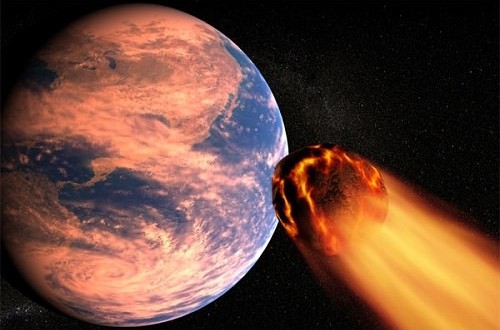Next Monday an asteroid called 2004 BL86 will pass by the Earth in what passes for a near miss in astronomical terms. The transit, on 26 January, will be a good opportunity for astronomers – professional and amateur – to observe the giant asteroid from unusually close quarters.
Experts say it will be the closest encounter with a huge asteroid until 2027, when 1999 AN10 flies by.
It will also be the closest 2004 BL86 gets to the Earth for another 200 years.
The asteroid was discovered in 2004 and is estimated to be about one-third of a mile in size – around the length of six football pitches.
Don Yeomans, from NASA’s Near Earth Object Program Office at the Jet Propulsion Laboratory in Pasadena, California, said: “While it poses no threat to Earth for the foreseeable future, it’s a relatively close approach by a relatively large asteroid, so it provides us a unique opportunity to observe and learn more.”
Scientists plan to use microwaves to create radar-generated images of the asteroid during its closest approach to Earth.
“When we get our radar data back the day after the flyby, we will have the first detailed images,” said radar astronomer Lance Benner.
“At present, we know almost nothing about the asteroid, so there are bound to be surprises.”
Asteroids provided Earth with the building blocks of life and much of its water, and in the future may become valuable sources of mineral ores, scientists believe.
Agencies/Canadajournal
 Canada Journal – News of the World Articles and videos to bring you the biggest Canadian news stories from across the country every day
Canada Journal – News of the World Articles and videos to bring you the biggest Canadian news stories from across the country every day



